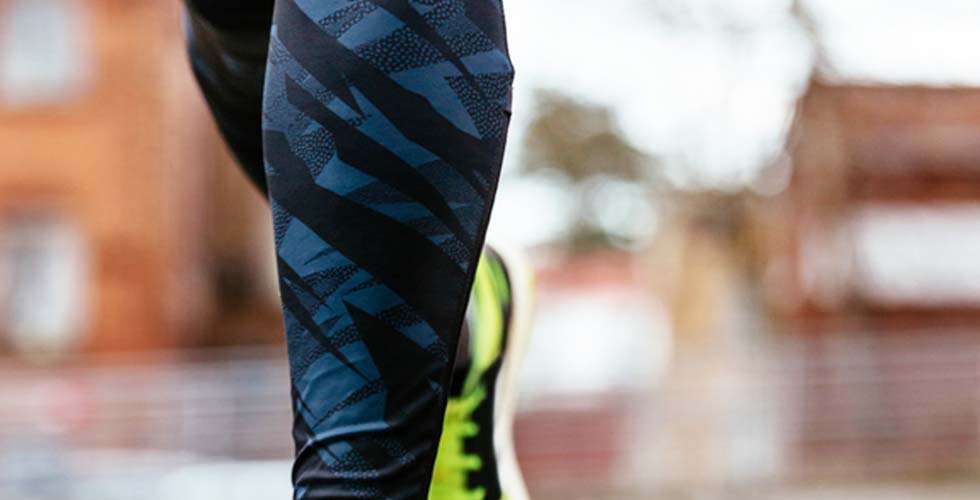Runner’s Knee Treatment and Prevention
3rd Oct 2019

Like many high stress exercises, running can be pretty brutal on your knees. The constant bending motion often causes irritation where the patella (your kneecap) meets the thighbone. The resulting pain can be sharp or dull, sudden or chronic, and is very common among younger, recreational runners.
Those who are diagnosed with patellofemoral pain syndrome, also known as runner’s knee, often have poorly conditioned quadriceps and inflexible hamstrings. Weak quads have a hard time supporting the patella, causing it to fall out of alignment, and tight hamstrings put extra pressure on the knee. In addition to muscle imbalance, here are some other causes of runner’s knee:
- Direct trauma to the knee, like a fall or blow.
- Problems with the feet including fallen arches or over pronation.
- Repeated bending, such as with lunges.
If you experience a painful, cracking sensation or feel like your knee is giving out while you run – especially on steps, hills and uneven terrain – you may have a bout of runner’s knee. In order to recover quickly and thwart a future injury from affecting your training program, check our runner’s knee treatment and prevention tips below.
Runner’s Knee Treatment and Prevention
As soon as you start feeling the symptoms of runner’s knee, the first thing you should do is reduce your mileage. Ice and elevate your knee to reduce pain and swelling, and wrap it with an elastic bandage to give yourself extra support. You can also take anti-inflammatory drugs like Advil, Aleve and Motrin on occasion to help ease your symptoms.
Once you have healed, keep your mileage increases less than 10 percent per week and try running on softer surfaces. You can prevent future cases of runner’s knee by strengthening your quads and stretching your hamstrings and calves. Finally, visit a specialty running shop to make sure you’re wearing the right shoes. If new shoes don’t do the trick, you may want to experiment with arch supports or orthotics, which can help keep your foot in the proper position.

